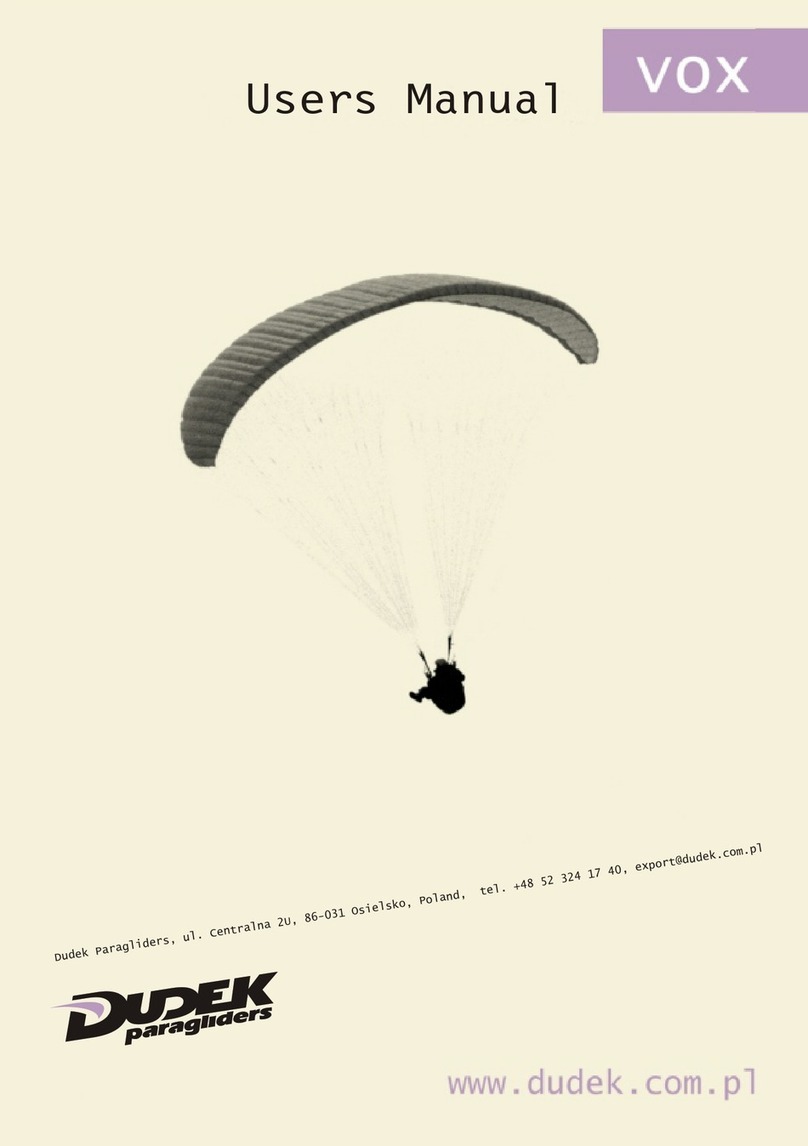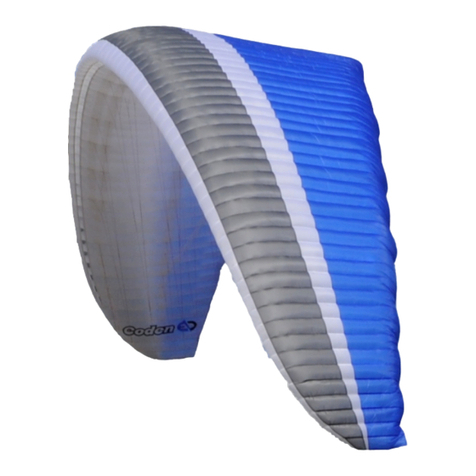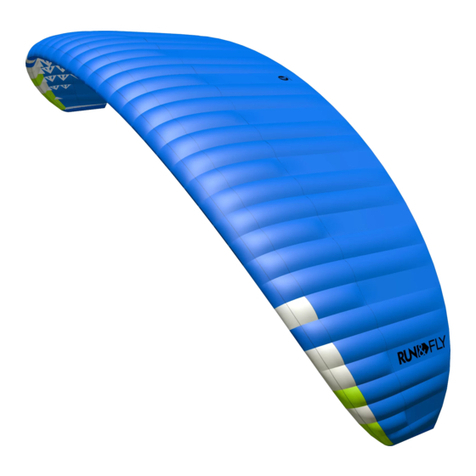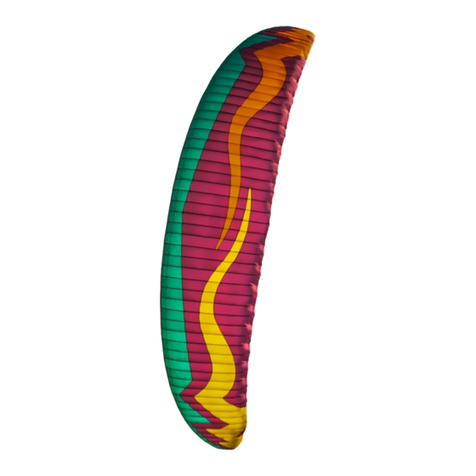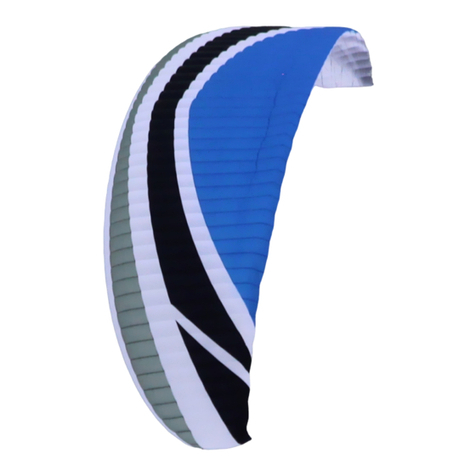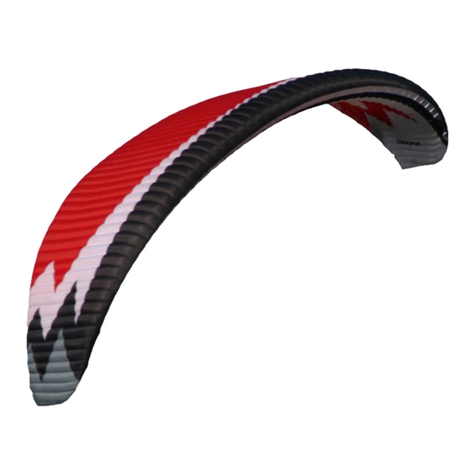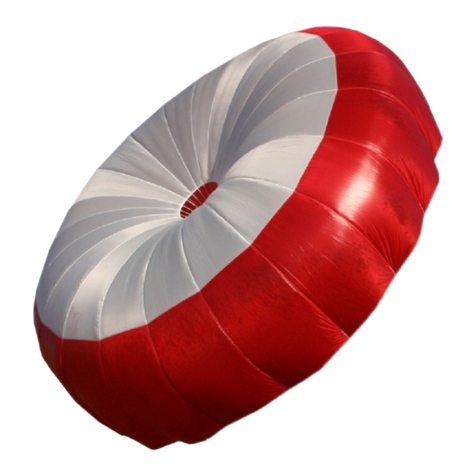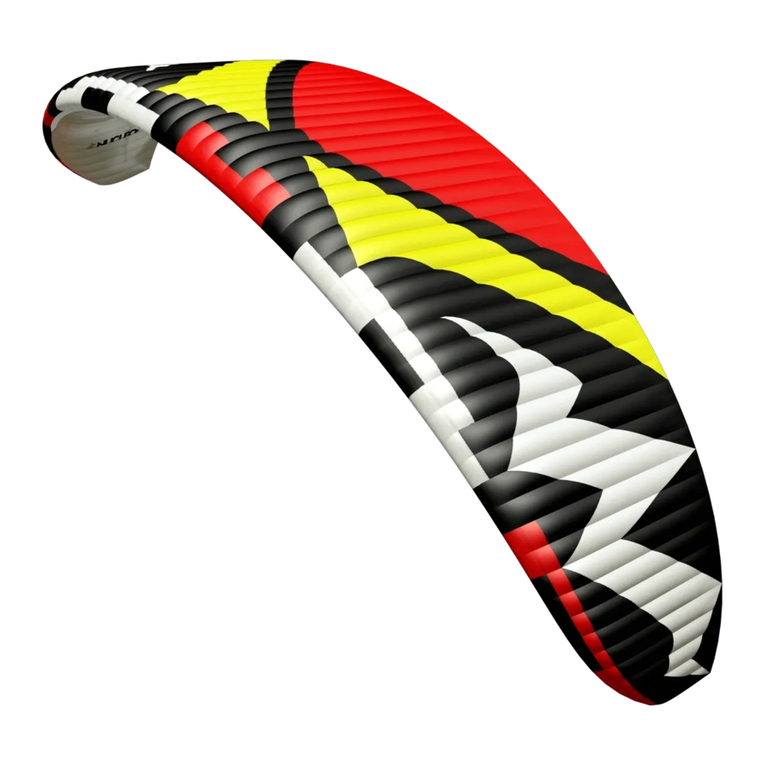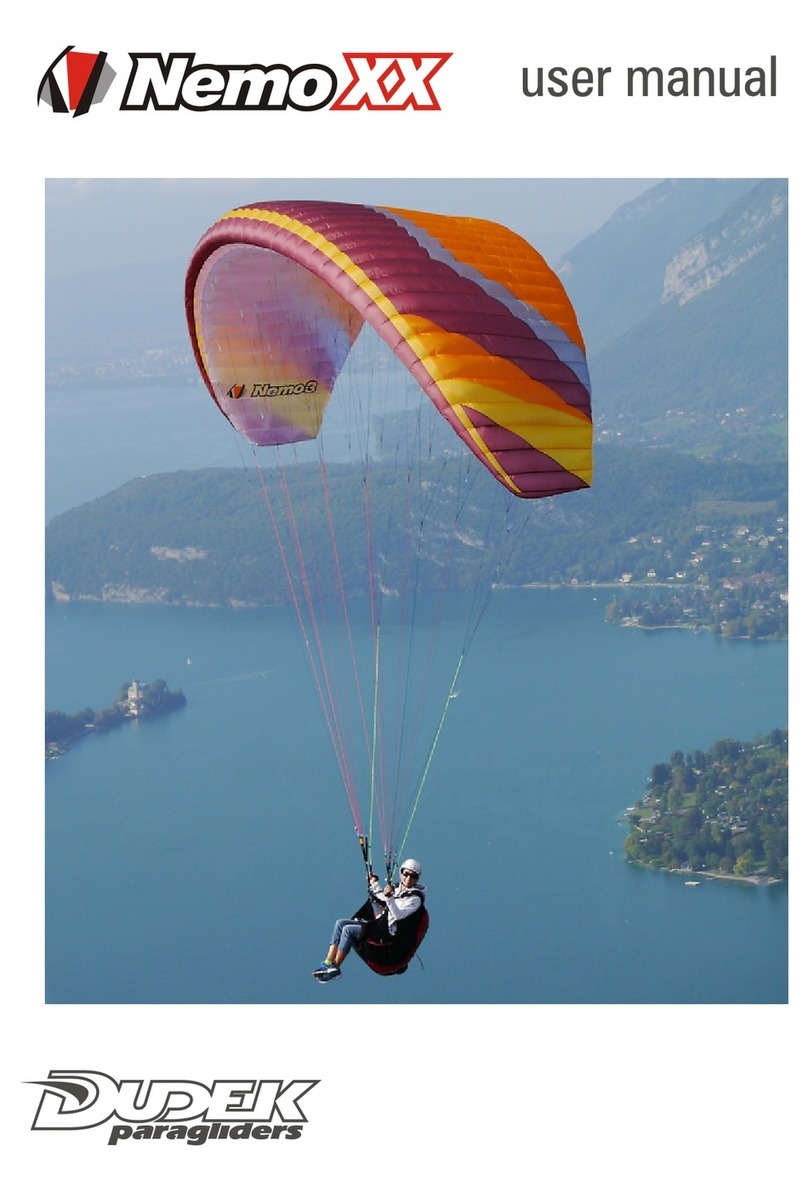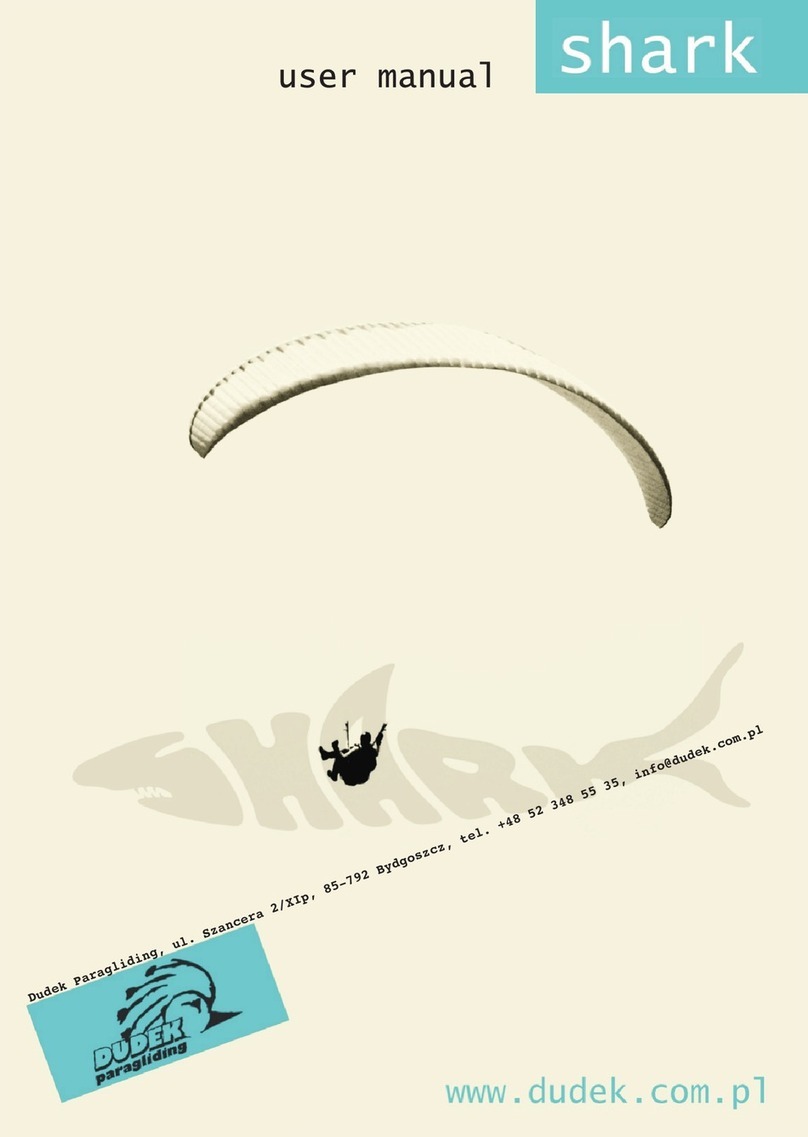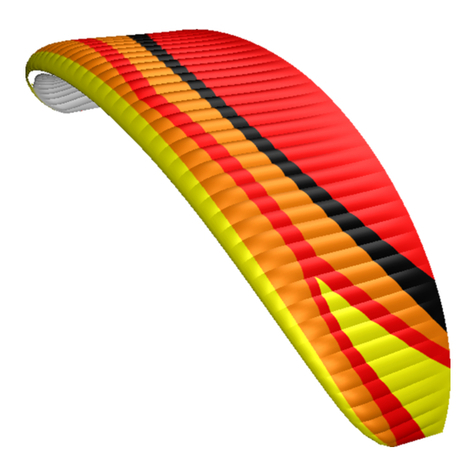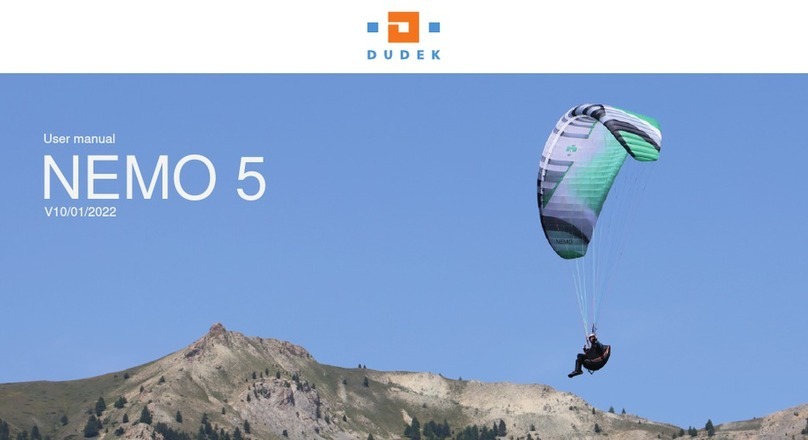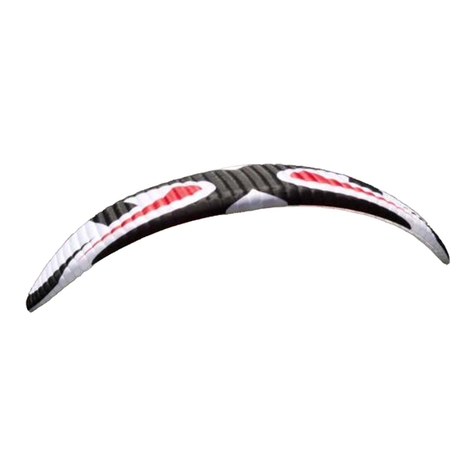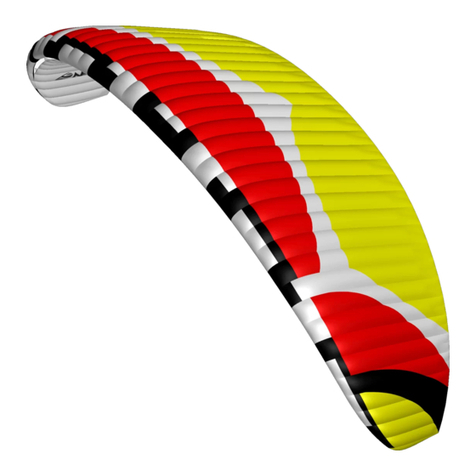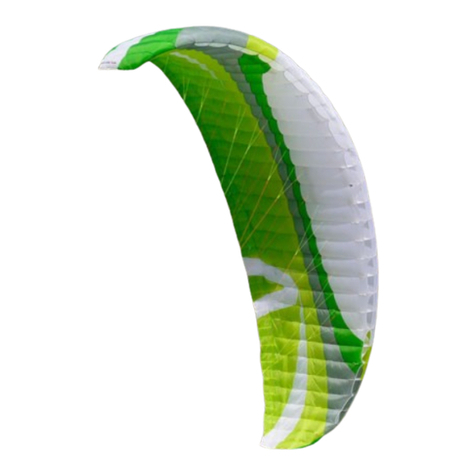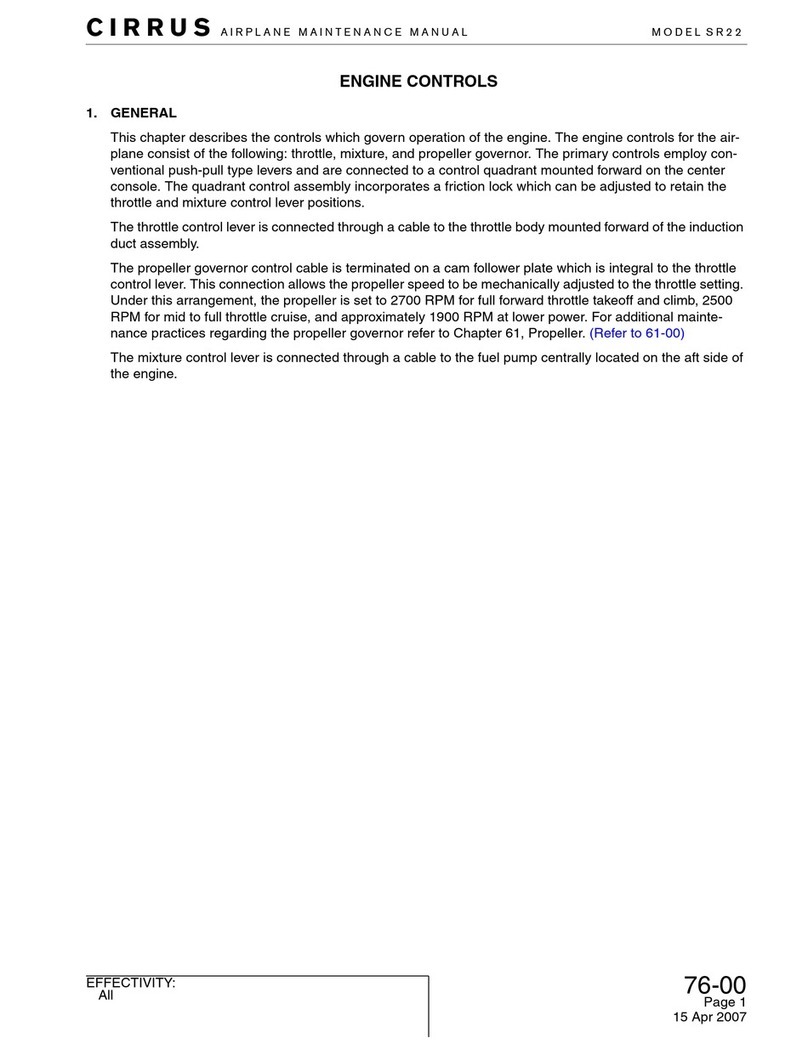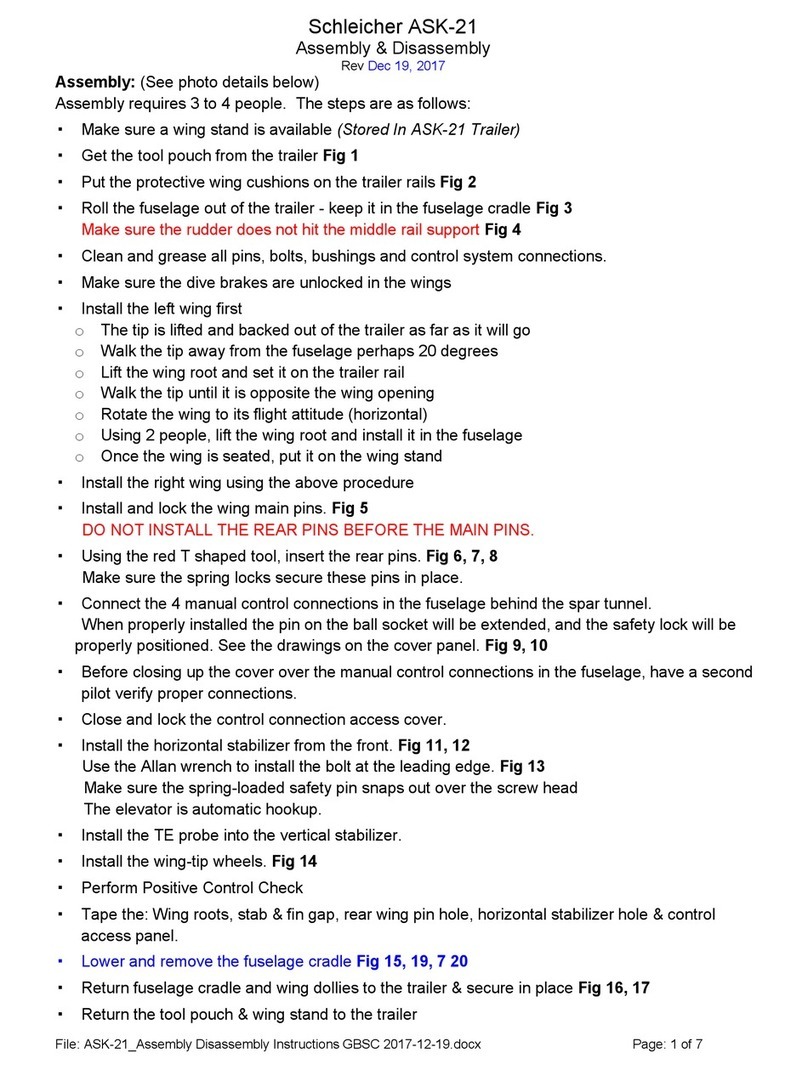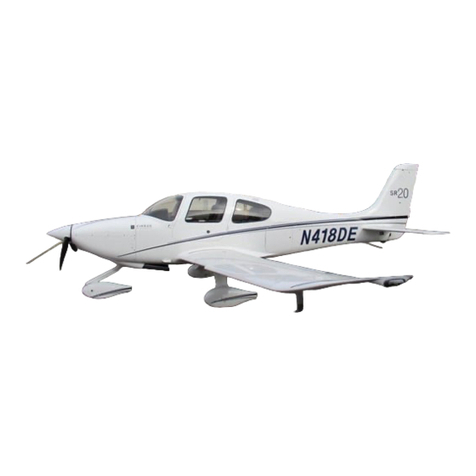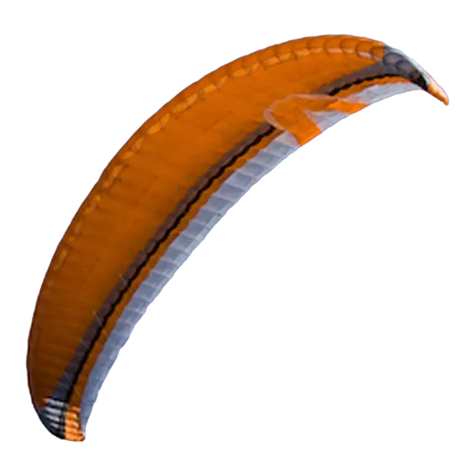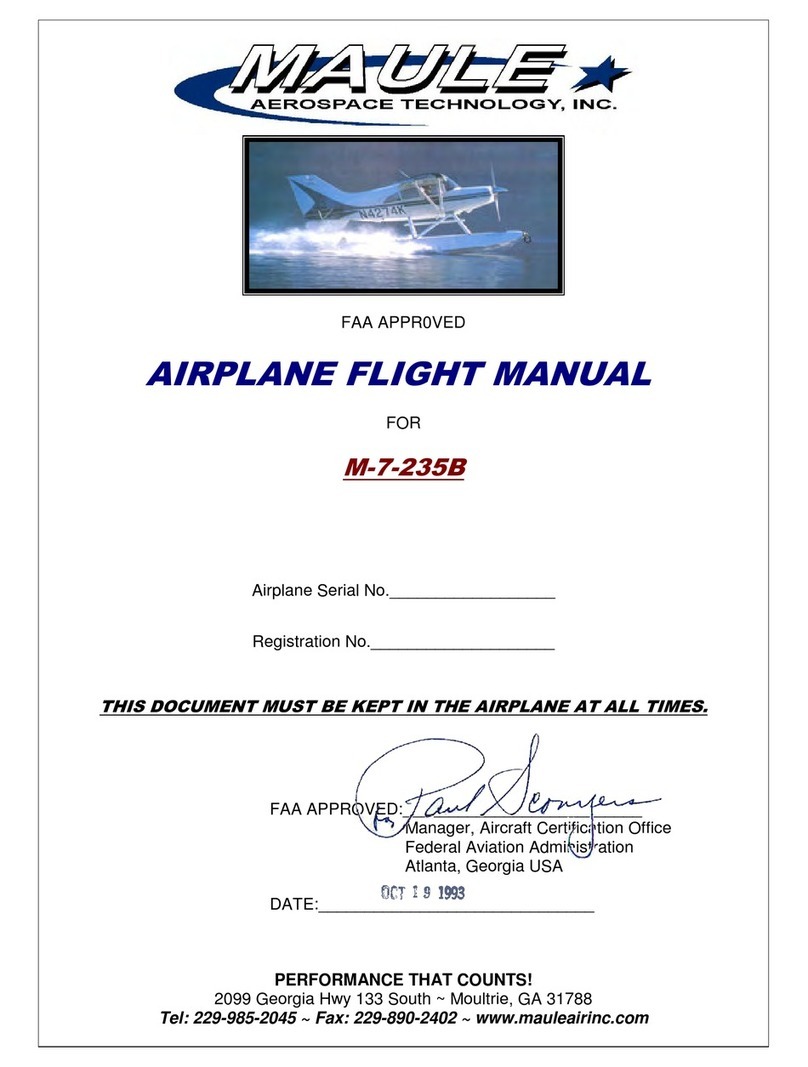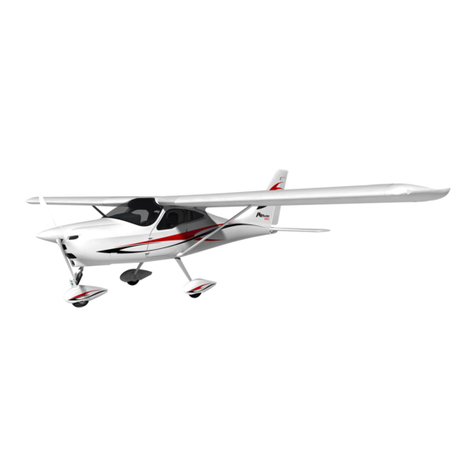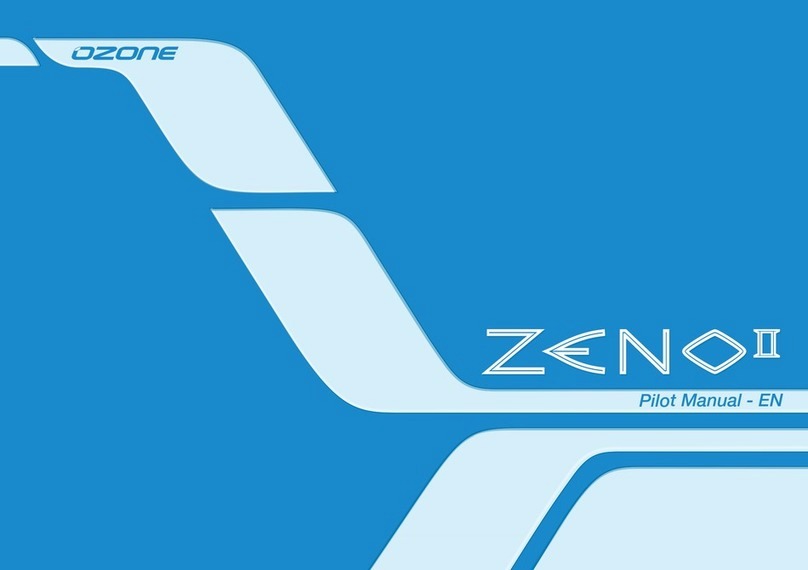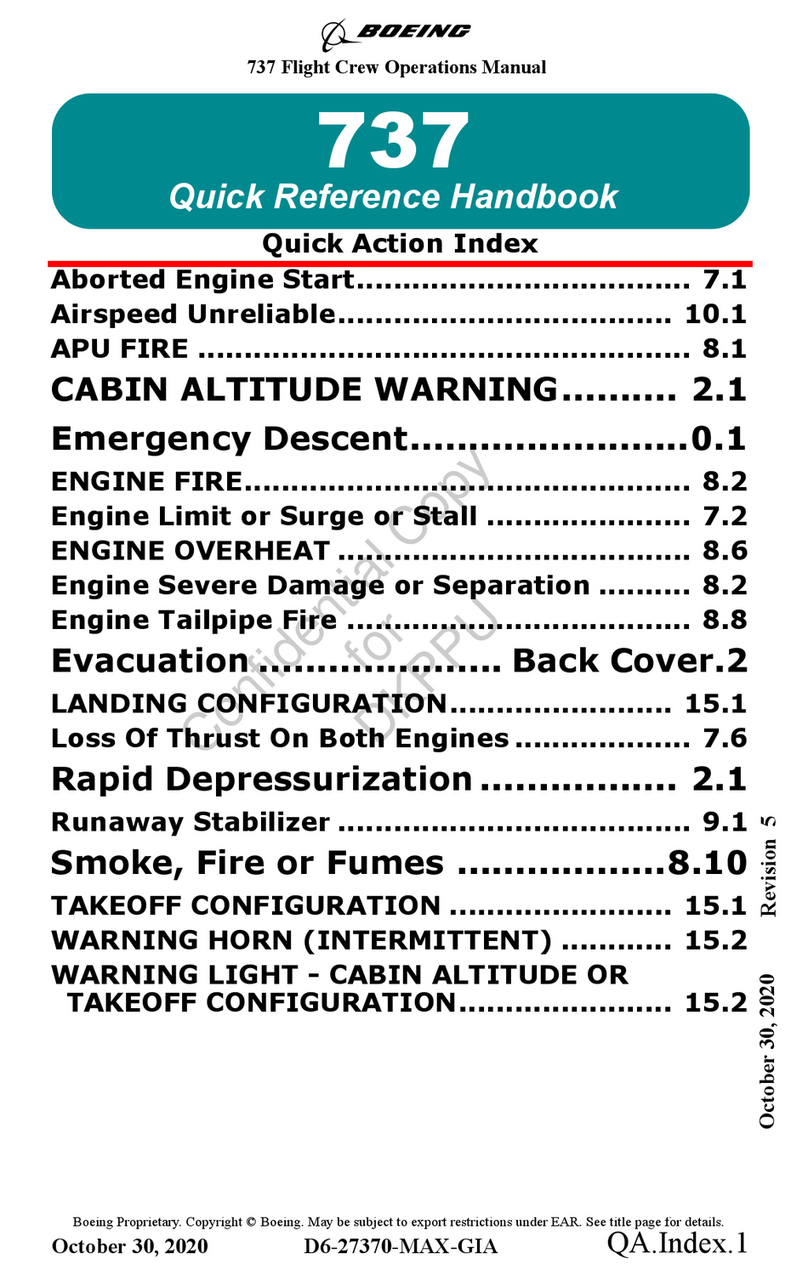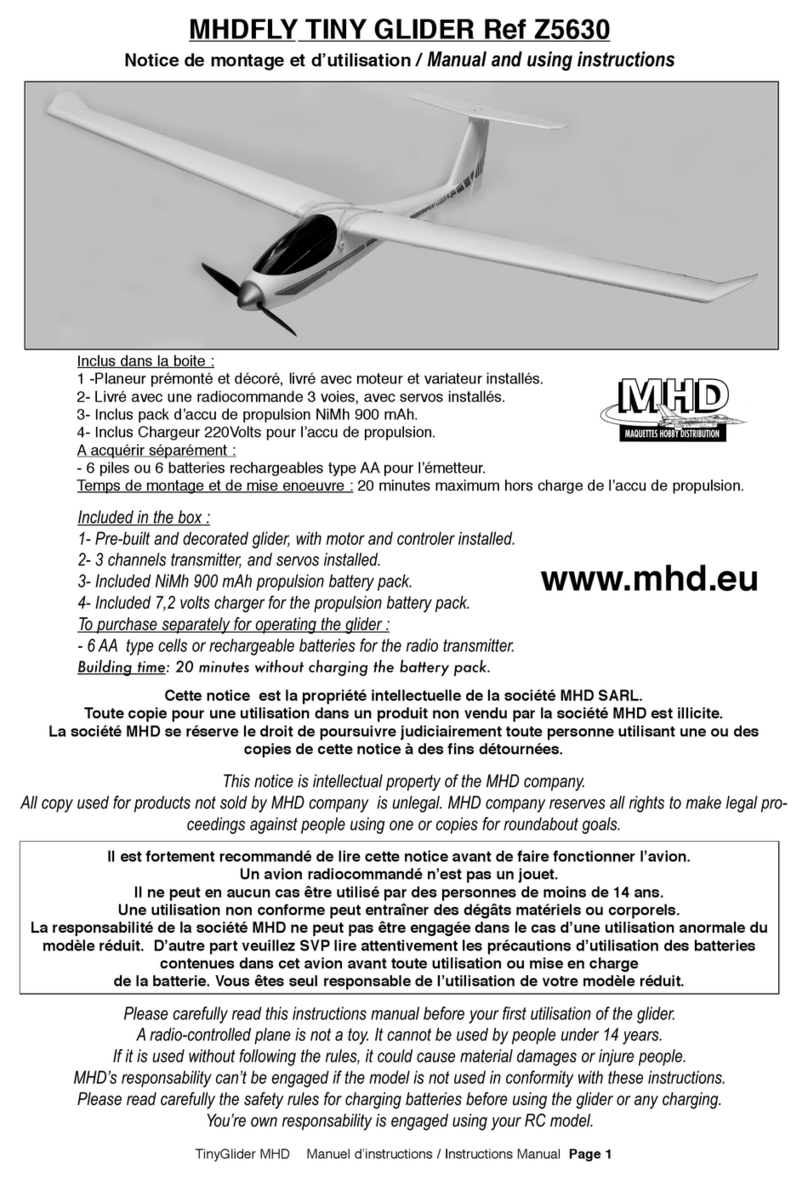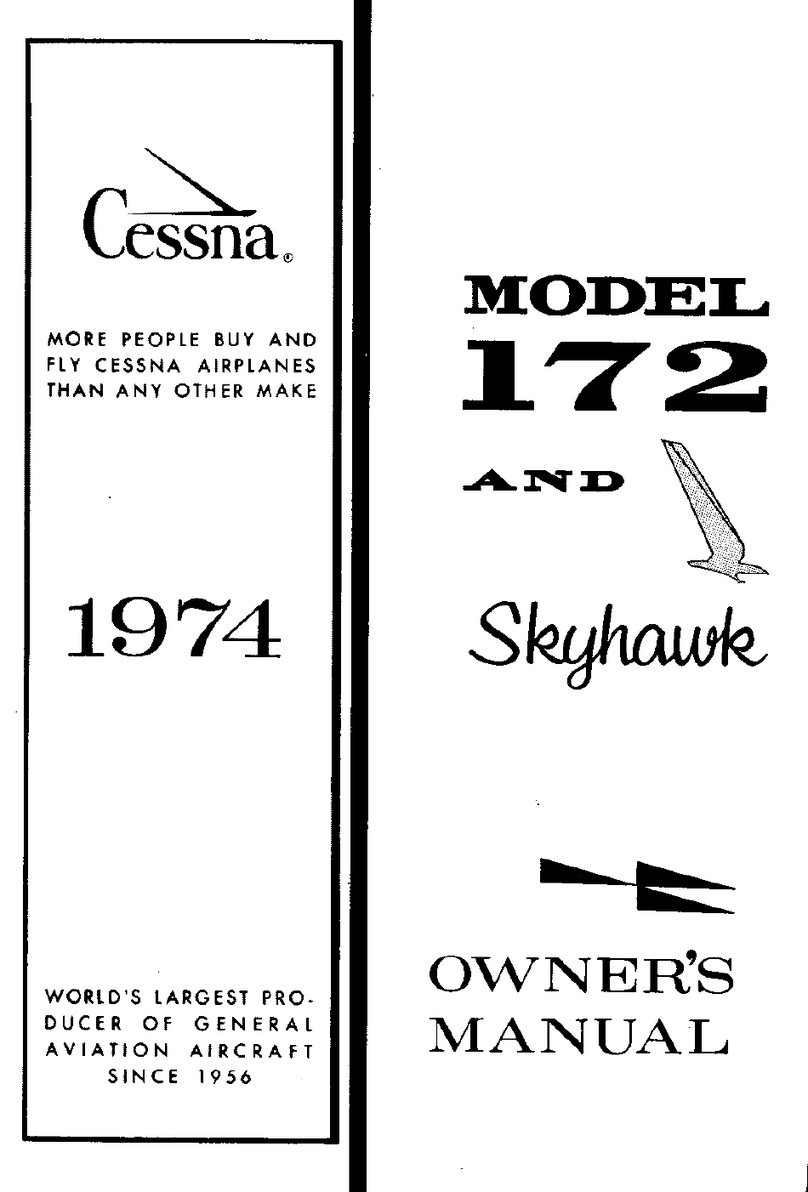
10
Operation
Correct matching of the canopy and the paramotor belongs to the
pilot.
Dudek Paragliders cannot take responsibility for all possible
combinations, but if you contact us we are always ready to help.
Weight range
Each size of the canopy is certified for specific weight range,
meaning total take-off weight including the pilot, harness,
paramotor, equipment and the canopy itself.
Exceeding maximum take-off weight described in technical data of
the paraglider (“Pilot’s weight incl. equipment”) increases risk of an
accident in case of pilot’s error.The smaller canopy area as compared
to take-off weight, the greater the risk.
Paragliders considerably change their character due to increased
load and each experienced pilot should perfectly understand that.
The biggest danger induced by overloading the canopy is its
hyperreactivity.
Caution: Check your real take-off weight! Some pilots
calculate their take-off weight by just summing up catalogue
numbers, e.g.: paramotor 29 kg + canopy 6 kg + pilot 87 kg
= ca. 120 kg. In fact your actual take-off weight can be
umpteen kilograms bigger. Most often we forget the clothing,
electronics, backpacks, sometimes even such basic things like
fuel or rescue chute weight are omitted!
Steering system
Steering system comprises following subsystems:
<2D - multifunction steering system (basic brakes).
<TCL (Tip Control Line) - allows for course corrections and turns
even on full speed, without excessive distortion of the reflex
airfoil.
<TEA (Torque Effect Adjuster) - in this case it’s an additional red
line with metal link attached. This system works automatically
after fixing the TEA line on appropriate side (depending on
direction of the turning moment).
<PA (Power Attack) system - combines the trimmers with regular
speed system, so that pushing your speedbar automatically and
simultaneously releases the trimmers.
<classic trimmer.
before first use
